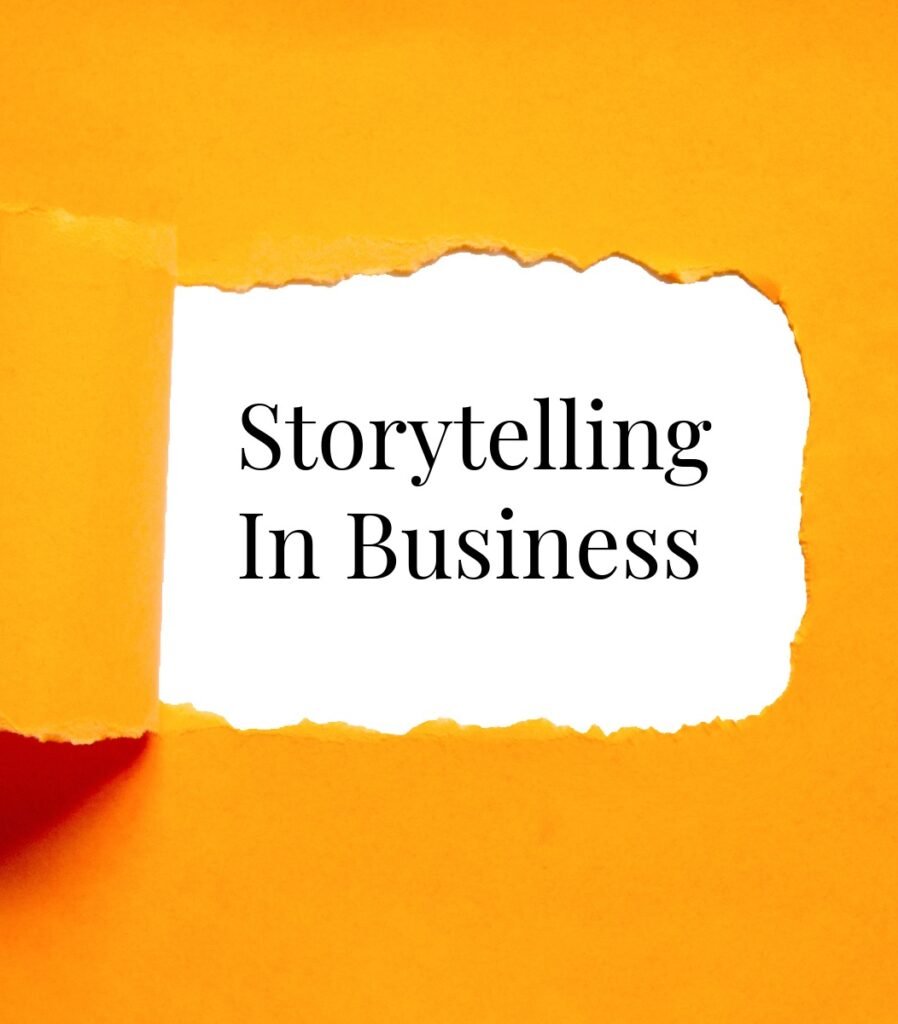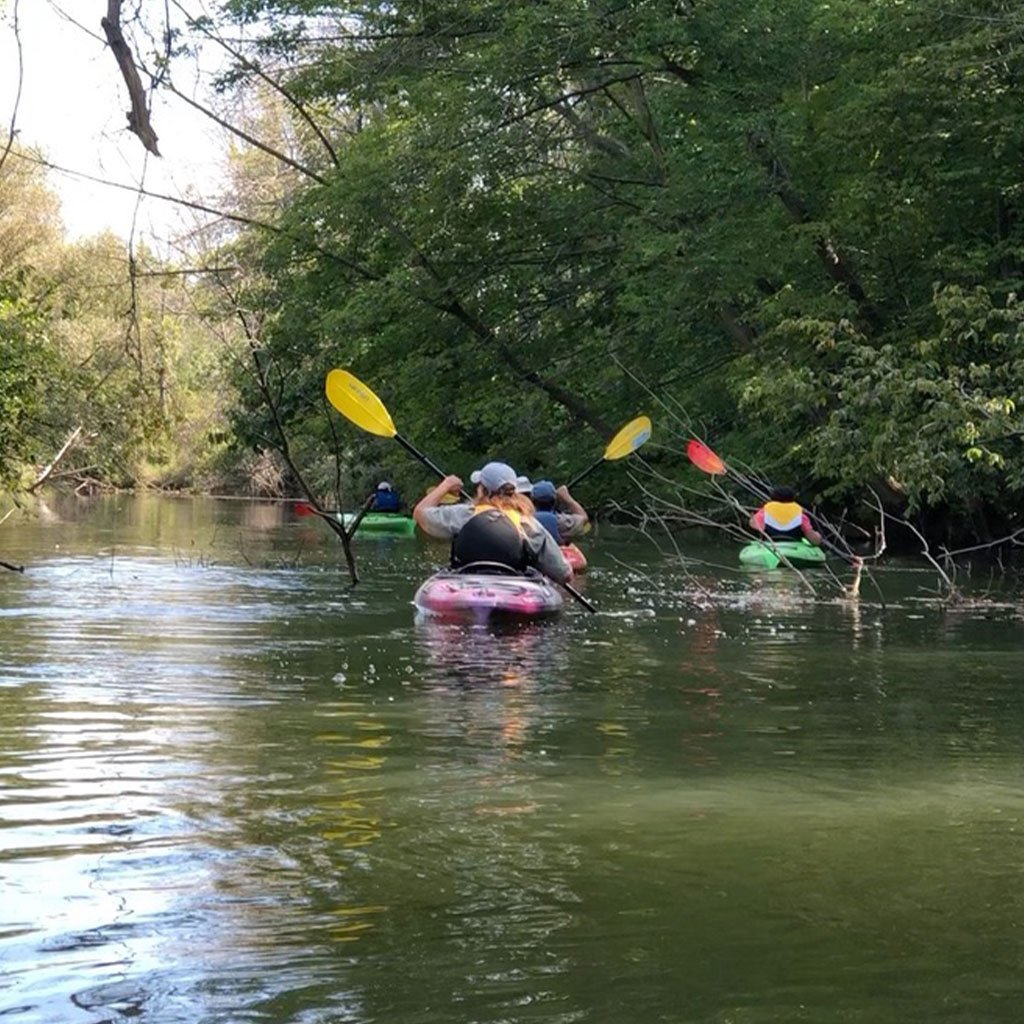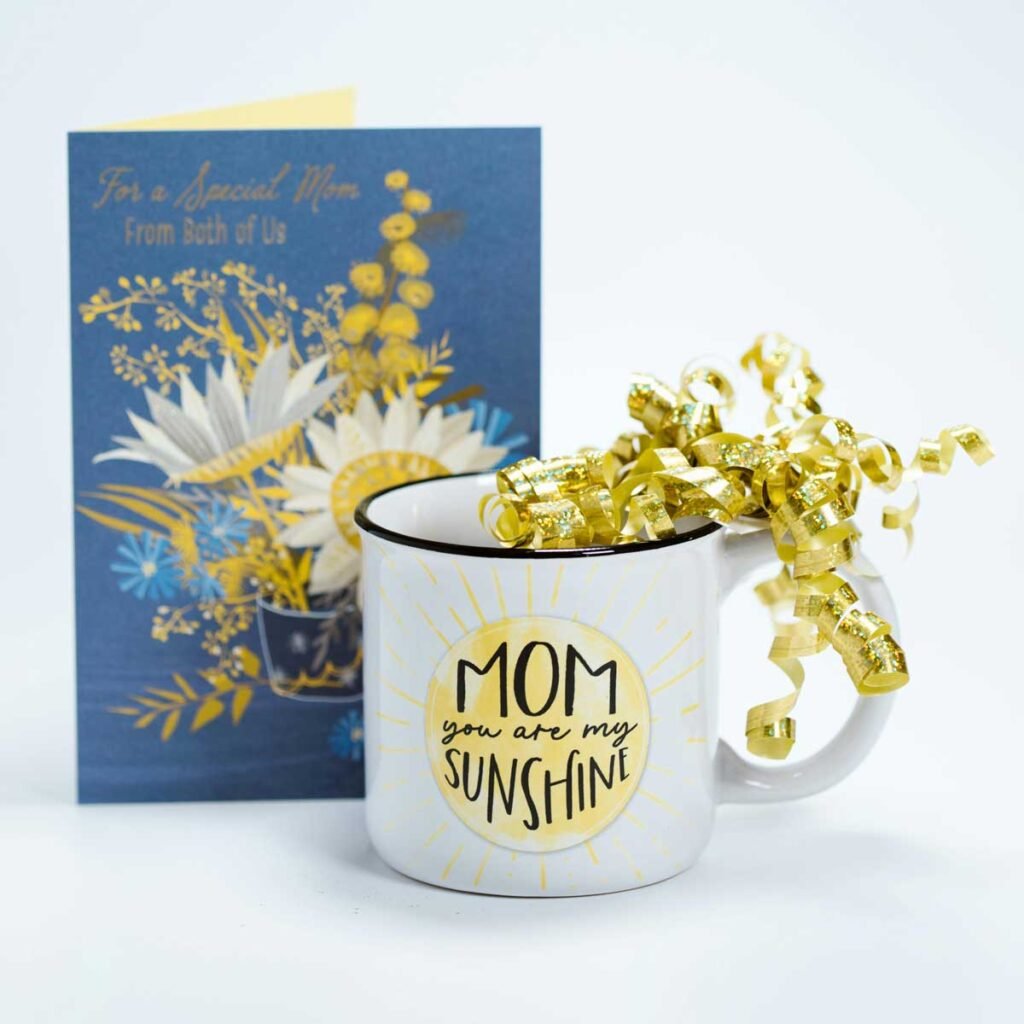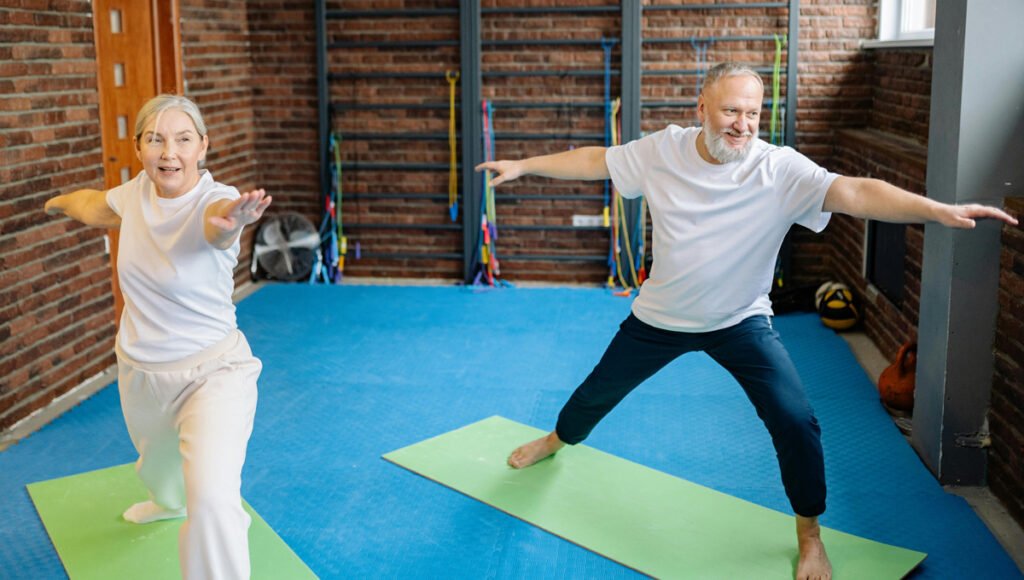This is from a Series on ‘How to Find Stories’
In business and in life, stories are the cornerstones of your communication strategy—verbally, digitally, and in print.
Recent events are easier to recall. If you are in the habit of journaling, you can collect a large repository of ‘trigger words’ to help you remember stories and events.
The story below is a result of combining several methods for recalling stories: journaling, photos, and tapping into the senses.
[I find opportunities to tell stories – personal, business-related, and stories of others. I find stories, craft them, and tell them in multiple formats.]
How to Begin Finding Stories
In mid-May, my wife and I went to Halifax to attend a wedding. My job, then, was to make multiple stories from this event.
For your own stories, start with an event you took part in or witnessed. The last wedding you attended—or your own. How did you feel? Before. During. After. Try to visually replay the sequence of events. Use your senses—sight, smell, sound, taste, and touch.
The Process: From Memory to Story
This is how I work through my thoughts: I set a timer for 30-minute sprints. I’ve created a quiet place for meditation and for switching off from digital devices. Sitting cross-legged on the floor with my eyes closed helps me enter a focused state—focused on the event, in this case, the wedding.
It’s often easier to approach the sequence of events chronologically. In the first sprint, try to get an overview of the entire event.
Write down your thoughts using ‘trigger words’. In my case, these were some of the triggers: names of all the people I knew and met at the event, a lost opportunity for a free trip due to overbooking, Uber rides, adult-sitting, library, early check-in, McDonald’s, dinner at a Lebanese restaurant the day before the wedding, ferry ride, pub. The wedding itself turned out to be a treasure trove of stories.
Once I have the structure, I can then connect these to older stories. For example, when I focus on the Uber ride, older stories connected to Uber or taxi rides begin to surface. This is the format I use to leverage stories for promoting businesses and businesspeople:
- Think and recall
- Jot down the trigger words
- Expand on the potential stories
- Edit out what’s not relevant
- Write the relevant and memorable stories
- Record the stories in audio/video
- Post the stories on my website and link them on social media
Using Stories in Speaking and Business
One story I used at a recent speaking session to highlight the power of storytelling in business was this one: the Uber rides.
The Setup: An Afternoon Plan
On the day before the wedding, my wife and her friend hatched a plan to hang out in downtown Halifax. But their plan had a logistical snag.
My wife, Jaya, and Ann go way back – four decades back. Ann lives in Ann Arbor, Michigan, with her elderly mother who now relies on a walker. This limited her mother’s usual free-spiritedness. On top of that, Ann and her family were staying in a different part of town.
I offered to “adult-sit” Ann’s mother. This freed up their day to explore Halifax and reminisce.
The Ride to the Airbnb
The trip to the Airbnb where Ann’s mother was staying was about 15 minutes.
Unlike taxis in my younger days, I didn’t have to explain directions to the driver, worry about detours, keep an eye on the meter and my cash, or juggle a paper magazine (back when “digital” was an unknown word).
When I settled into the Uber RAV4, my mind was at ease. The car was clean, quiet, and odor-free. I could relax, take in the sights, and scroll on my phone – or not. That day, the phone stayed in my pocket. I was fully present.
The Conversation with Mo
I’m not usually one to strike up conversations with strangers—or telemarketers. But at the first red light, the driver and I made eye contact in the rearview mirror. I smiled.
“First time in Halifax?” he asked.
“No,” I replied.
“Here on business?”
“No,” I said. “I’m here for a wedding.”
“Ah,” he smiled. “Weddings are always a good time for families and friends to reconnect.”
“That’s right,” I said, opening up. I told him the name of the groom, how long I’d known them, and more.
Over the next 15 minutes, Mo told me his story. He had migrated to Canada 14 years ago. Once a software developer, now married with two children, he had lost his job during the pandemic and had taken up driving Uber. He even gave me great tips on Indian food, local pubs, and tourist spots.
The Power of Listening
I realized—again—that to be a good storyteller, you must first be a good listener.
Mo was so immersed in our conversation, he missed the turn to the Airbnb! It added two minutes to the ride, but I didn’t mind. Not in the least.
The Ride Back: A Contrast
On the way back, my driver, Jo*, didn’t say a word. Neither did I.
I tipped Mo generously. Later, as I sat down to write this story, I reflected on the power of storytelling, of human connection, and the empathy Mo’s story stirred in me. It made me want to do more for him.
That Uber ride with Mo remains vivid in my memory. The ride with Jo? I didn’t even have to try to forget it – it just faded, making room for stories that matter.
* Names changed.
The video [above] was recorded at a speaking session.









